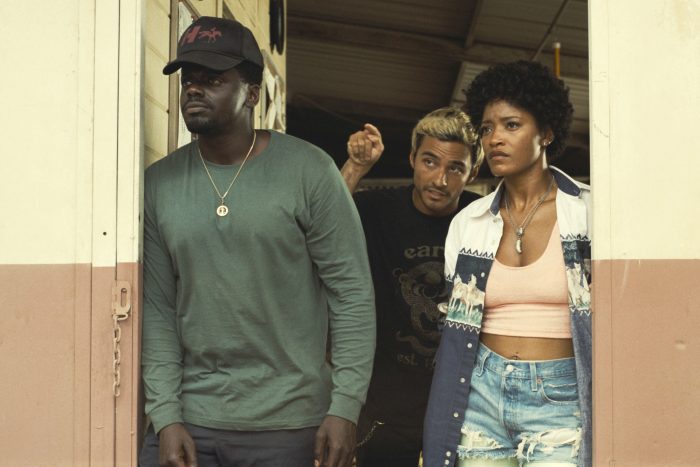Reviewed by Jeffrey Sanzel
In 1993, Disney released the comedy-fantasy Hocus Pocus. The film starred Bette Midler, Sarah Jessica Parker, and Kathy Najimy as the Sanderson Sisters — Winifred, Sarah, and Mary. After their execution in Salem in 1693, the trio of witches are accidentally resurrected three centuries later. Directed by Kenny Ortega from a screenplay by Neil Cuthbert and Mick Garris, the film received negative reviews, and the studio lost over $16 million. However, Hocus Pocus became a cult favorite, with home viewing a Halloween tradition.
Now Disney offers a direct-to-streaming sequel helmed by a completely new production team. Anne Fletcher directs Jen D’Angelo’s script of Hocus Pocus 2.
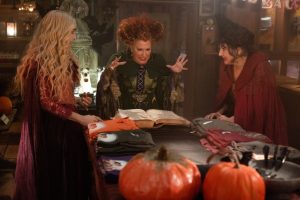
The prologue, set in Salem in 1653, shows the young Sanderson Sisters (played with great humor by Taylor Paige Henderson as teenage Winifred, Nina Kitchen as young Mary, and Juju Journey Brener as the child Sarah) confronted by the puritanical Reverend Traske. The minister wants to marry off Winifred on this, her sixteenth birthday. The girls flee to the woods, where they encounter Mother Witch (a nice cameo by Ted Lasso’s Hannah Waddingham). The mysterious sorceress provides them with the spell book that brings them into a life of the occult.
The action jumps to the present: Halloween, 29 years after the first film’s events. Becca and her best friend, Izzy, celebrate her sixteenth birthday with a ritual in the woods. Having received the infamous black flame candle from Gilbert, the owner of the Olde Salem Magic Shoppe, Becca and Izzy accidentally conjure the witches. The newly restored enchantresses announce their desire for revenge on all of Salem. The ensuing plot rehashes much of the original film: similar situations, clumsy jokes, and mid-range magical effects.

The sequel’s sole reason is the return of Midler, Parker, and Najimy. The roles have achieved a certain iconography, not-so-subtly parodied. Halloween celebrants and trick-or-treaters traipse through, dressed in identical costumes. The gag builds to a look-a-like contest featuring outrageous drag queens (RuPaul’s Drag Race’s Ginger Minj, Kornbread Jeté, and Kahmora Hall).
The usual time-travelers-out-of-time setups include a requisite but amusing visit to Walgreens. Here, Becca and Izzy convince the Sanderson Sisters the plethora of beauty products contain children’s souls. The visit ends with Midler flying off on a broom, Parker on a Swiffer, and Najimy balancing on a pair of Roombas. They conspire, bicker, and sing snatches of popular songs with alternate lyrics. Nothing new is on offer, but the drive is nostalgia, not reinvention. They truly are the “Gothic Golden Girls.”

However, what works surprisingly well is the young cast. Whitney Peak is wonderful, making Becca real, resourceful, and appealing. She lands her punchlines without precociousness. Her wryness perfectly complements Belisssa Escobedo’s Izzy. Escobedo’s mild handwringing and edge of perpetual panic make her the ideal foil for the cooler-headed Becca. Rounding out the trio is Lilia Buckingham as Cassie Traske, the girls’ estranged friend. While she is less prominent, when she finally reunites with her best friends, her presence provides the wide-eyed incredulity that helps drive the last act.
Tony Hale doubles as the fanatical seventeenth-century pastor and his descendant, Cassie’s goofy father, who happens to be the mayor and the witches’ prime target. Hale is a gifted comedian who makes the on-the-nose quips fun and even occasionally smart. Sam Richardson charmingly mines the slightly bumbling but well-meaning Gilbert. Returning from the original film, Doug Jones gives the same easy performance as the zombie Billy Butcherson. Froy Gutierrez earns honest laughs as Mike, Cassie’s clueless boyfriend.
In the end, Hocus Pocus 2 covers little new territory. The film is often loud and busy, where it could have been clever. Many jokes are forced and do not necessarily play.
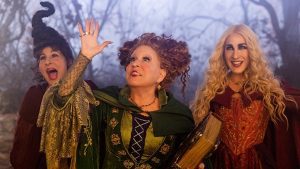
Both films possess an After School Special vibe, but the core issue of the candle lit by a virgin makes for some interesting lunchroom conversation with the elementary school set. But the ending takes a different tone from the original, building to lessons about sharing power and the value of personal connection. The message is very traditional Disney and makes for a sweet resolution. For fans of the original, the film will be a welcome Halloween treat. For the rest, Hocus Pocus 2 is a harmless, if predictable, holiday outing.
Rated PG, the film is now streaming on Disney+.

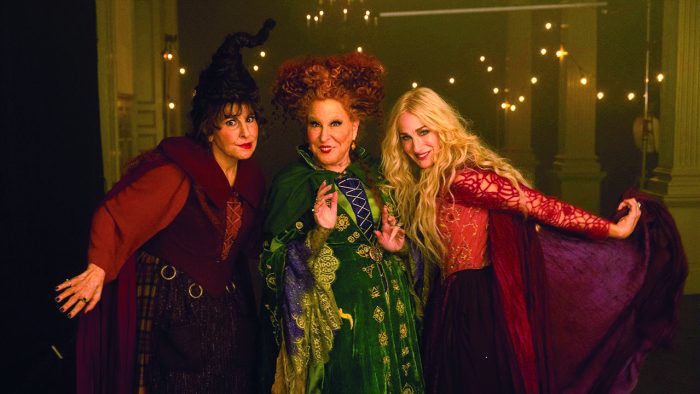
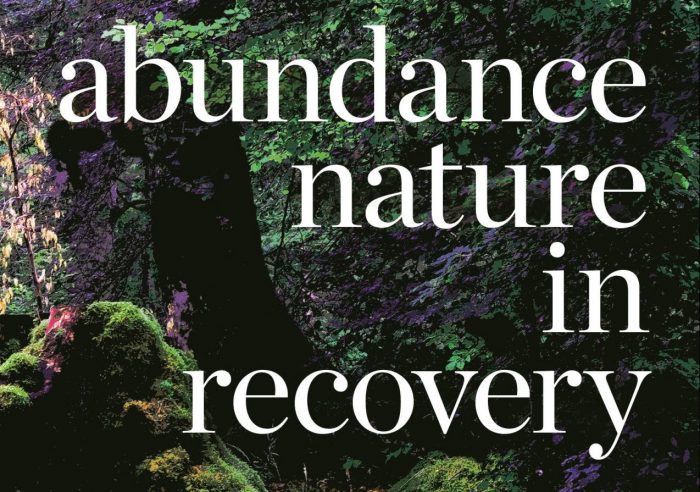
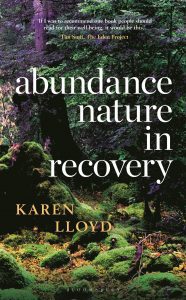 In fourteen intriguing essays, she addresses a host of issues. She concedes that often problems are “hyperobjects”— concepts, ideas, and things that are so vast as to evade intellectual and emotional grasp. These include the biosphere, climate breakdown, evolution, capitalism, and politics. What makes her writing exceptional is that while she acknowledges this limitation, it has not stopped her from exploring them with insight and depth, offering both simple and breathtaking awareness.
In fourteen intriguing essays, she addresses a host of issues. She concedes that often problems are “hyperobjects”— concepts, ideas, and things that are so vast as to evade intellectual and emotional grasp. These include the biosphere, climate breakdown, evolution, capitalism, and politics. What makes her writing exceptional is that while she acknowledges this limitation, it has not stopped her from exploring them with insight and depth, offering both simple and breathtaking awareness.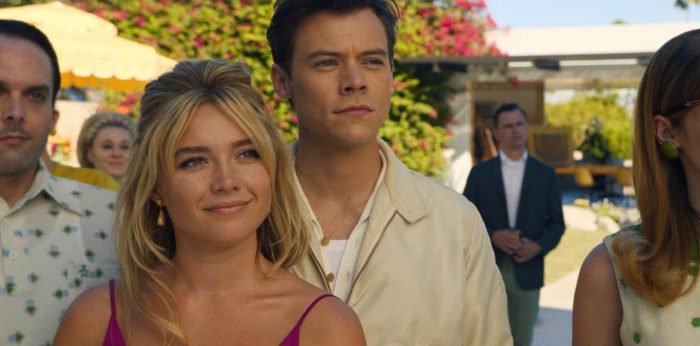

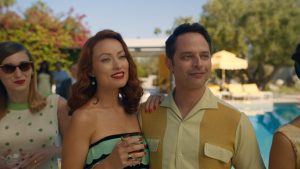
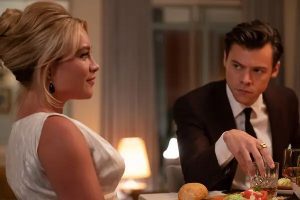
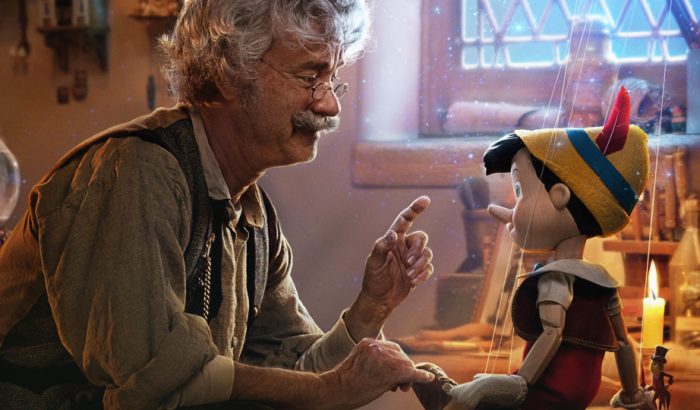
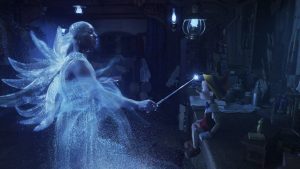

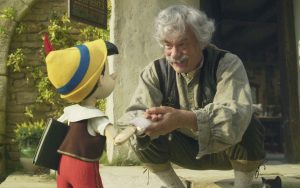
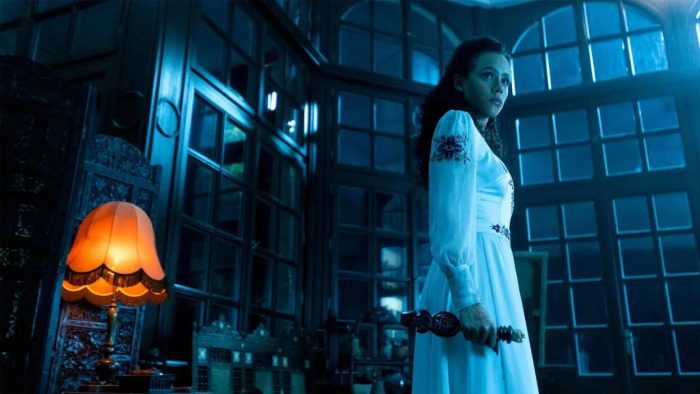


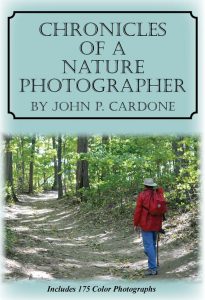
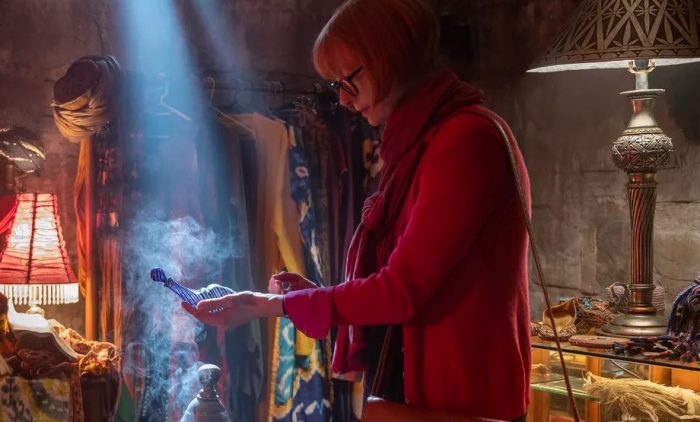
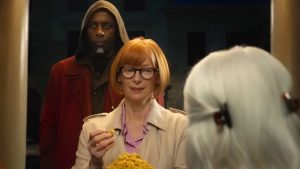

 But a cloud steals into her happy life when her father is in danger of losing his company to a sinister corporation, the Black Turtle Group. Her Hong Kong trip to save his business and career takes her on a six-day quest. Accompanied by her mother and brother, she encounters a cast of characters who both support and foil her in turn. Among those she encounters is Mr. Han, the wise and slightly whimsical gentleman who may or may not be a benevolent figure.
But a cloud steals into her happy life when her father is in danger of losing his company to a sinister corporation, the Black Turtle Group. Her Hong Kong trip to save his business and career takes her on a six-day quest. Accompanied by her mother and brother, she encounters a cast of characters who both support and foil her in turn. Among those she encounters is Mr. Han, the wise and slightly whimsical gentleman who may or may not be a benevolent figure.
